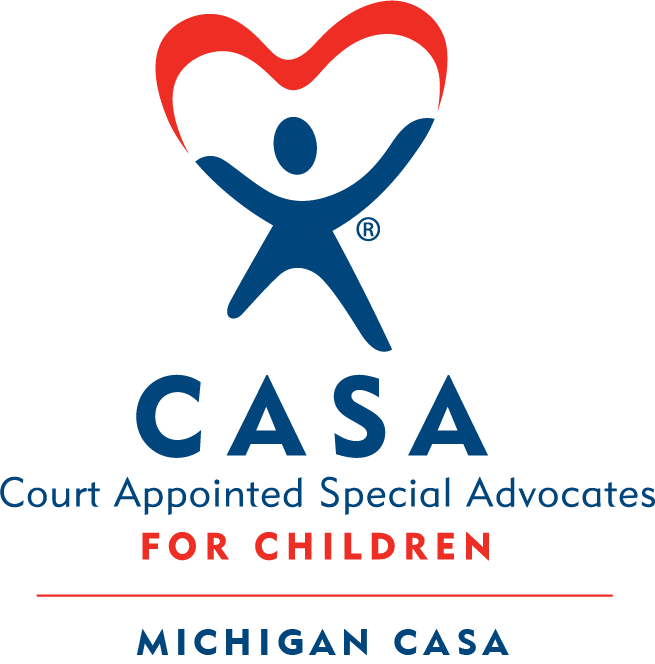CASA cases can be hard
An infant girl is found in her crib by a babysitter, not breathing. The baby’s parents had left an hour earlier to go to work and no one else had access to the baby’s room. There are four other young children in the home. The babysitter calls the police and the other four children are temporarily placed in foster care for their protection.
The baby’s death is determined by law enforcement and Child Protective Services to be non-accidental. The parents are distraught, but neither of them takes responsibility for the baby’s death, and they do not believe that their other children are at risk. The case enters the court system, and the judge appoints a Court Appointed Special Advocate (CASA) to advocate for and protect the interests of the surviving children.
All four children have many issues to deal with: their removal from their home, the death of their sister, the confusion of what is happening to their family, and the sadness of all of the sudden losses. Each child responds in his/her own way, presenting many challenges for the foster parents, the Child Protective Services case manager, and the service providers involved in helping the family. The CASA volunteer works closely with all of those people, and especially the children. He helps to ensure that each child is receiving services tailored to that child’s particular needs, and that as the case progresses and the needs of the children change, the services that are offered change, too.
One child, a six year old girl, has many difficulties as she begins school that fall. The CASA works closely with the teacher and the school social worker to assess her needs and design a program that will give her the best chance of success. Within a couple of months, she is doing much better — able to focus and begin to learn, and able to interact productively with her peers.
Another girl, 3 years old, is exhibiting unexpected behaviors and is no longer able to sleep through the night. Her sleep deprivation is making her behavior extremely difficult to control and the foster parents are nearing the end of their rope. The CASA works with the case manager to formulate a plan to address the root cause of her behavior through play therapy, and a behavior management plan for the foster parents so that the girl can be successful in this foster home and not have to endure another move. The CASA also advocates for respite care for the foster parents to give them an occasional break from the demands of caring for four young children with very painful issues.
The case remains in the court system for more than two years, and over that time, the CASA has helped to ensure that the perspectives of everyone involved with the family — CPS, therapists, doctors, foster parents, teachers, social workers, and so on — is taken into consideration by the judge as decisions are made, and that the interests of the children remain at the forefront of everyone’s mind every step of the way. The parents have never admitted responsibility for the death of their youngest child and have not been willing to participate in the family reunification services that were offered. It is determined that it is in the best interest of the children to be adopted so that they can move forward with their lives. In the end, all four children are adopted as a group by a strong and loving family.

